Painted Totem Pole 30 cm
Handmade
Dispatches from a small business in the United Kingdom
Materials: Wood
Painted Totem Pole 40cm – Size: 40cm H X 33cm W X 10cm D – Hand Painted.
Hand Painted.
In the 19th century, American and European trade and settlement initially led to the growth of totem-pole carving, but the United States and Canadian policies and practices of acculturation and assimilation caused a decline in the development of Alaska Native and First Nations cultures and their crafts and sharply reduced totem-pole production by the end of the century. Between 1830 and 1880, the maritime fur trade, mining, and fisheries gave rise to an accumulation of wealth among the coastal peoples. Much of it was spent and distributed in lavish potlatch celebrations, frequently associated with the construction and erection of totem poles. The monumental poles were commissioned by wealthy family leaders to represent their social status and the importance of their families and clans. In the 1880s and 1890s, tourists, collectors, scientists and naturalists interested in native culture collected and photographed totem poles and other artefacts, many of which were put on display at expositions such as the 1876 Centennial Exposition in Philadelphia, Pennsylvania, and the 1893 World’s Columbia Exposition in Chicago, Illinois.
Meaning and purpose[edit]
From left to right, the One-Legged Fisherman pole, the Raven pole, and the Killer Whale pole in Wrangell, Alaska
Totem poles can symbolize the characters and events in mythology, or convey the experiences of recent ancestors and living people. Some of these characters may appear as stylistic representations of objects in nature, while others are more realistically carved. Pole carvings may include animals, fish, plants, insects, and humans, or they may represent supernatural beings such as the Thunderbird
Free Delivery
Dispatch in medium parcel tracked sign

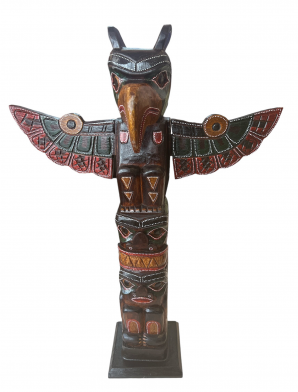
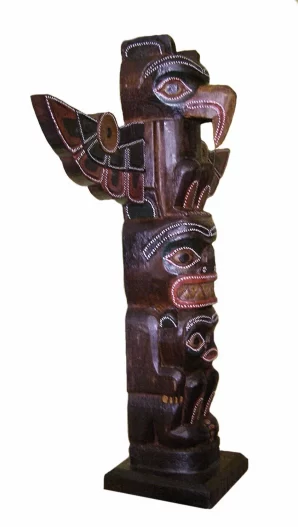
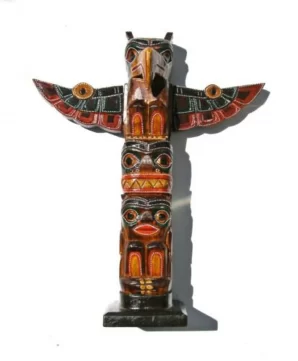


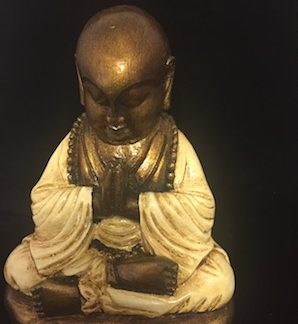
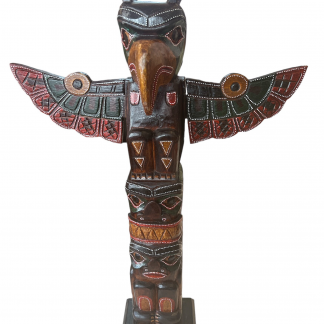
Reviews
There are no reviews yet.